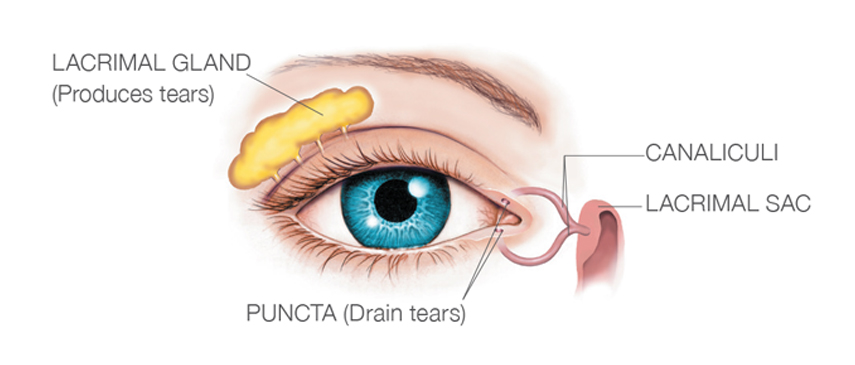Dry eye syndrome, likewise called Keratoconjunctivitis sicca or xerophthalmia, alludes to an absence of oil and dampness in the eye. This is because of less tear creation or an increased rate of tear film evaporation. The indications of dry eye syndrome are burning and slight, yet consistent irritation in the eye. The condition may likewise prompt the frontal eye tissue to enlarge.
There are a few factors that may have you get the dry eye syndrome. The condition is more typical with growing age since tear generation diminishes with age. Dry eye as a syndrome may happen as a reaction to meds. Cruel environmental conditions, for example, a dusty or blustery atmosphere. Indeed, even your workplace environment, involving cooling or a dry heating system, may effortlessly dry out your eyes. Inadequate blinking, for example, when continually gazing at a monitor screen, is another significant reason for dry eye syndrome.
The essential treatment for dry eye syndrome is to recharge the moisture of the eye surface. To achieve this, the ophthalmologist normally endorses artificial tears, which are eye drops that guide in lightening the indications of irritation and burning sensation in the eyes. A healthy eating routine, containing an adequate measure of omega-3 unsaturated fats, brings down the odds of contracting dry eye syndrome. Salmon, sardine, herring, and cod liver oils are rich wellsprings of omega-3 unsaturated fats.
Patients wearing contacts need to avoid potential risk preceding the utilization of artificial tears. Specifically, it is fundamental that the patient takes off the lenses before they use the eye drops. Besides, the patient needs to sit tight for 15 minutes or longer for the therapeutic drops to produce results, and simply after that can the lenses be worn once more.
Dry eye syndrome is marginally found more in women than in men. 10-14 million people in the United States experience the ill effects of dry eye syndrome. The condition is more common among those more established than 40 years. An expected 75% of the old-matured populace hints at dry eye syndrome.
If you experience the ill effects of any of the above-clarified side effects that delineate the dry eye syndrome, please visit your specialist at the earliest opportunity to maintain a strategic distance from any inconveniences.

